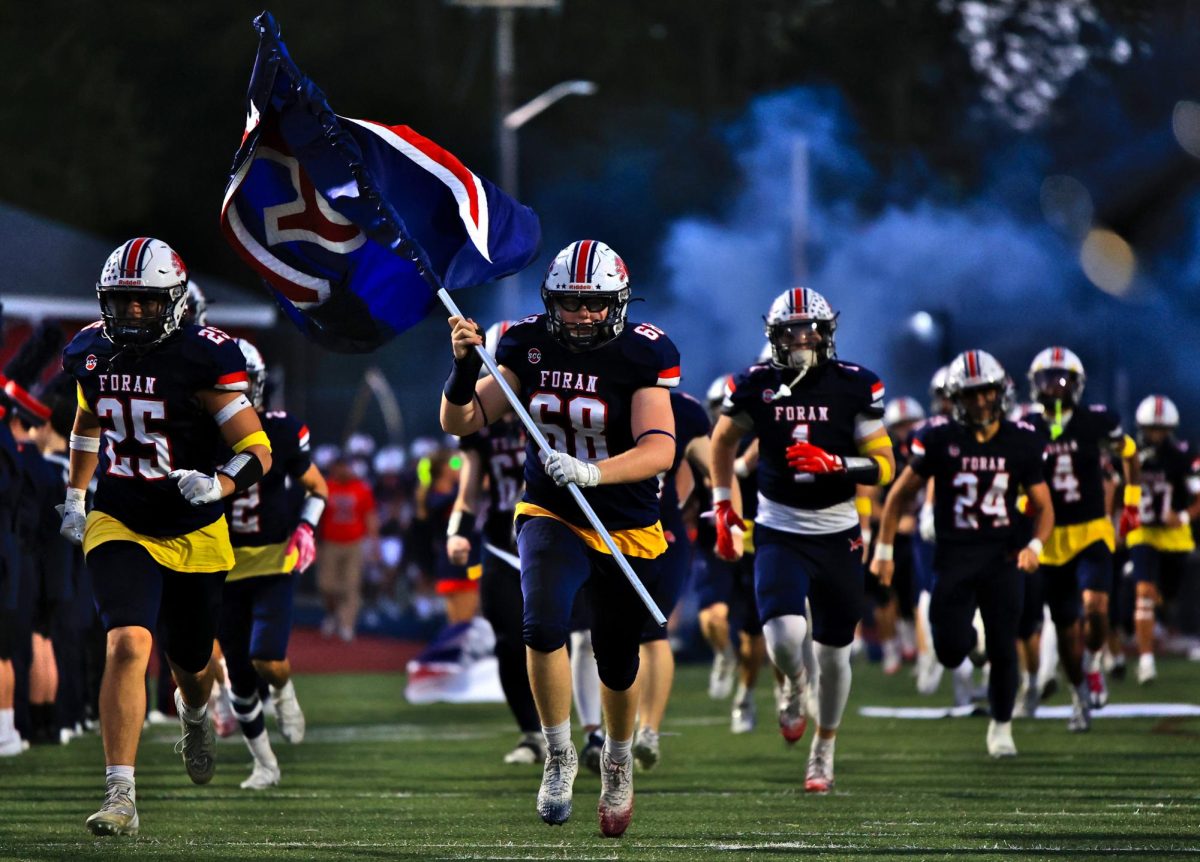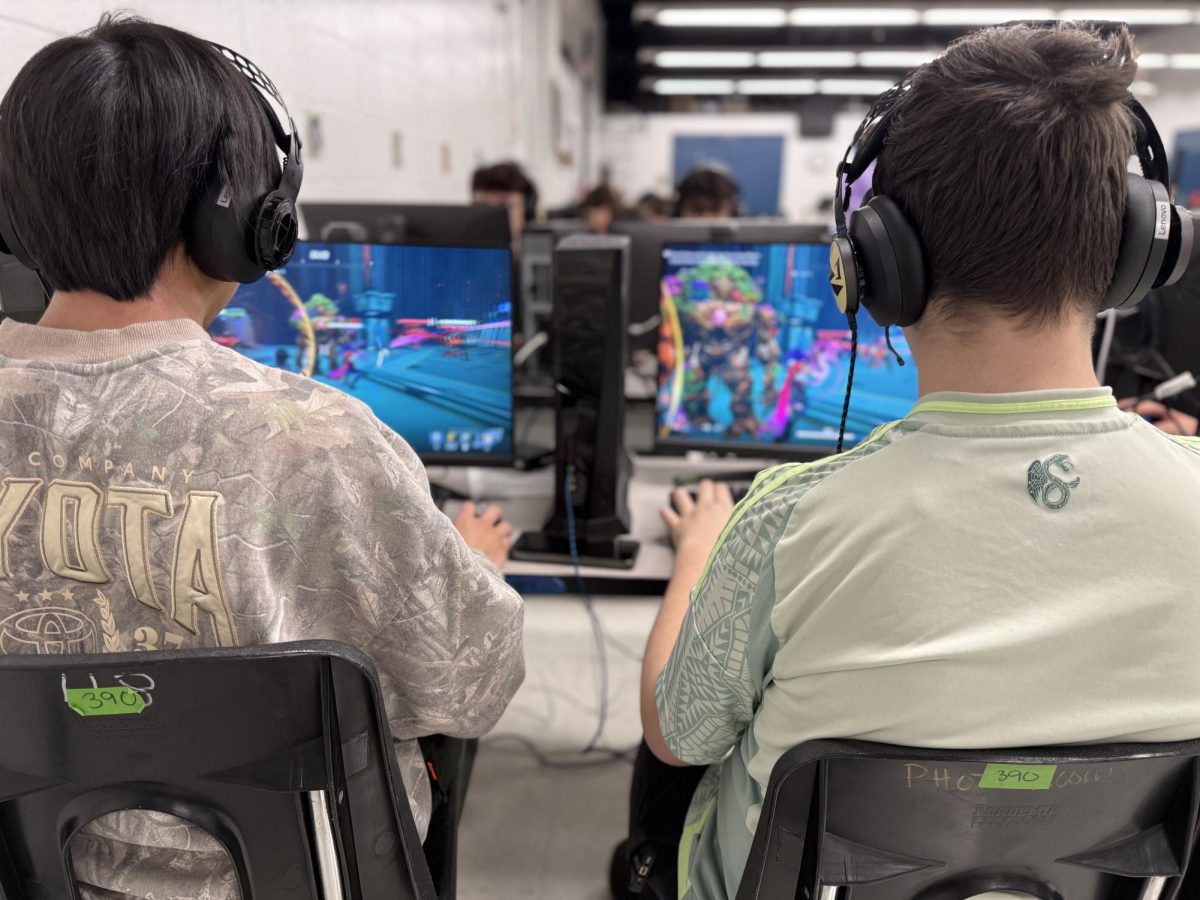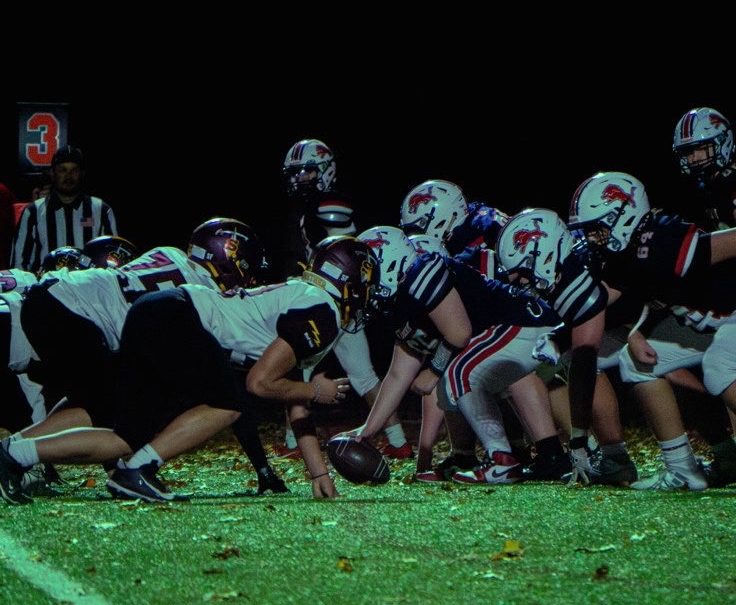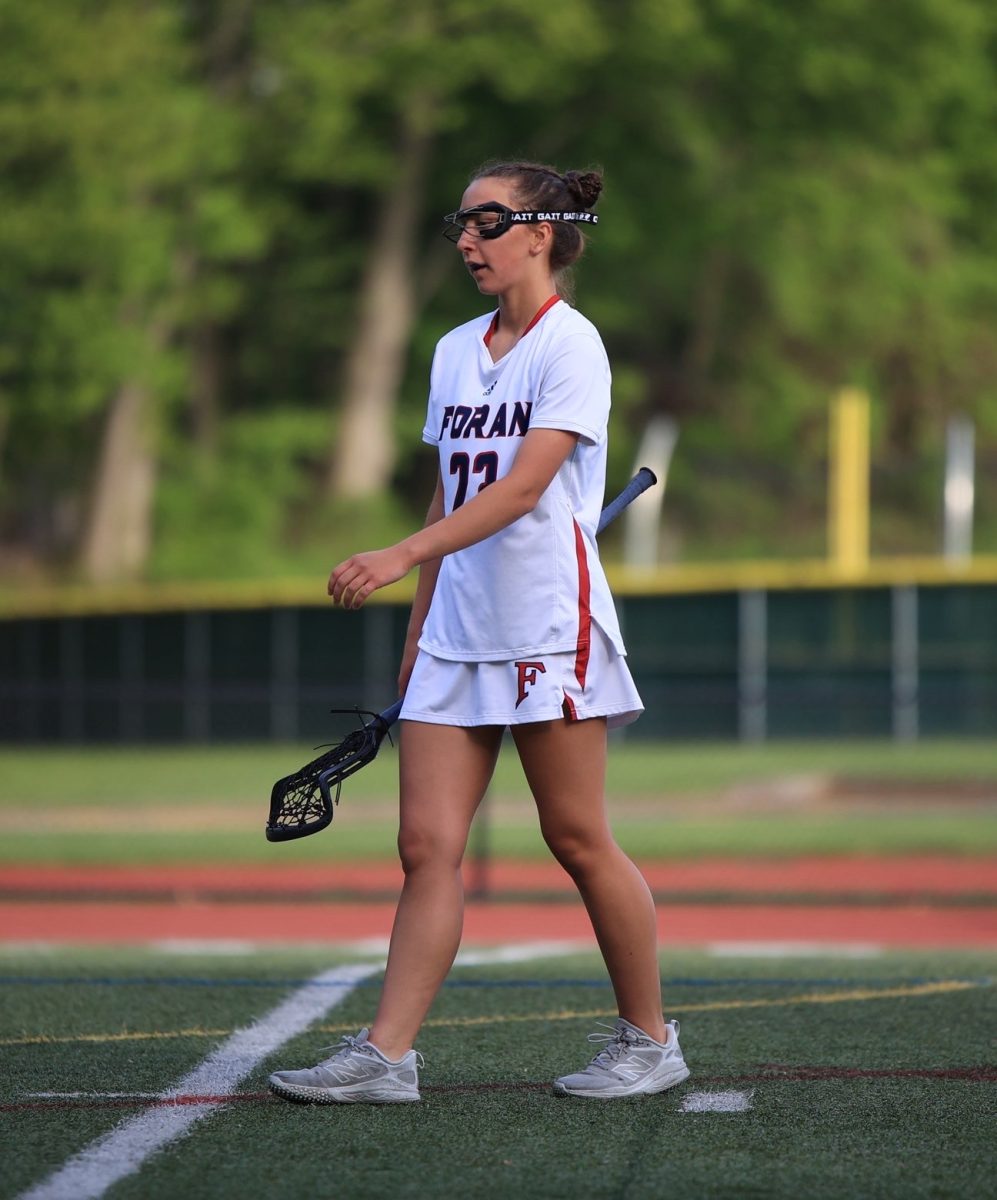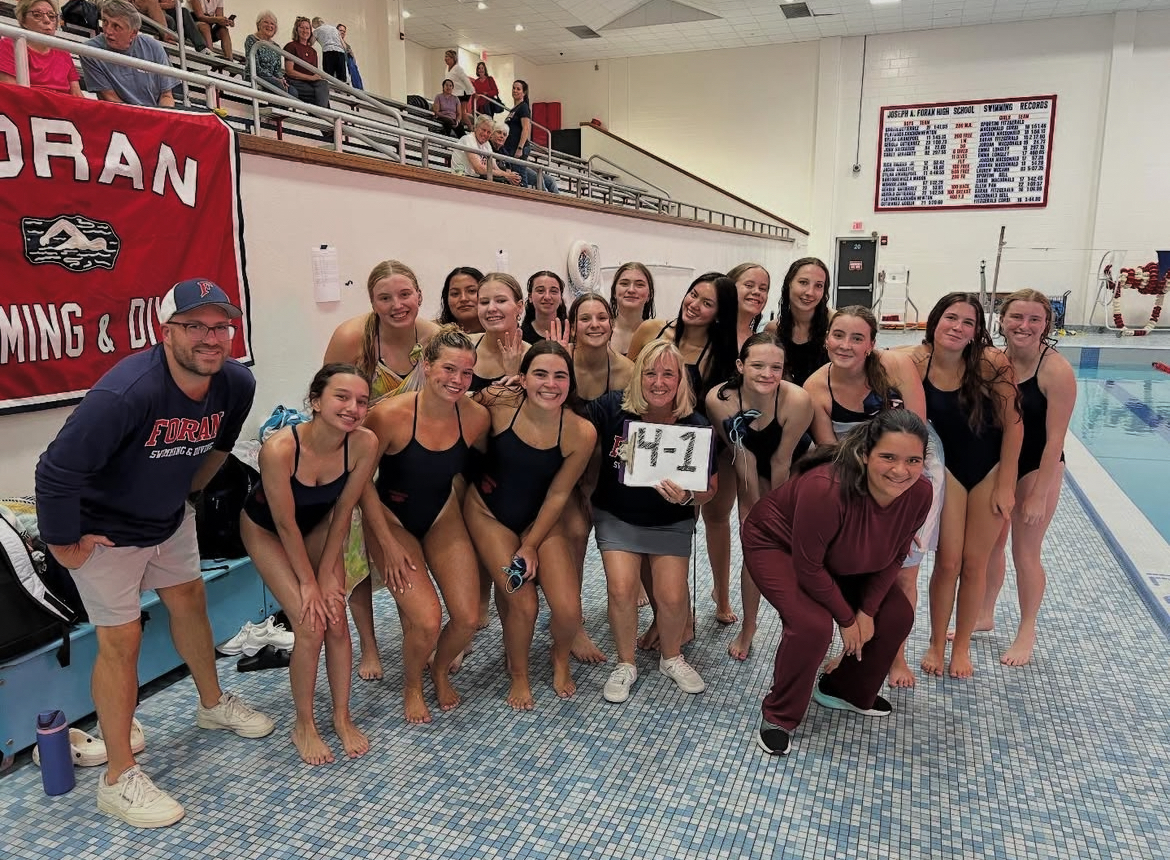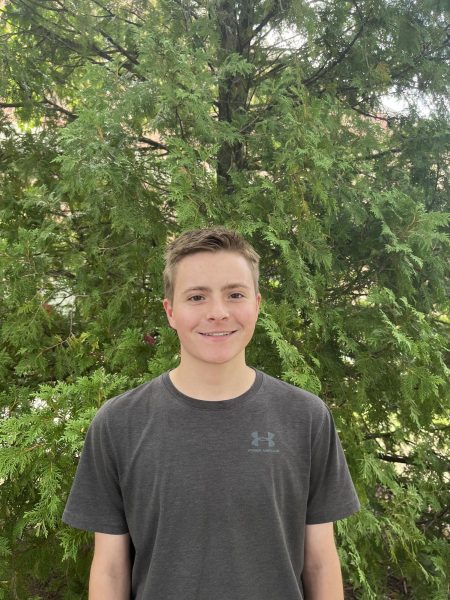100,533 students competed in CIAC-sanctioned athletics during the 2023–24 school year—marking a surge in Connecticut’s high school sports participation.
Beneath that number lies a widening divide: some public districts are instilling pay-to-play fees, while private schools with tuition and donor funding can build elite teams, invest in premier facilities, and attract future college stars.
This funding gap shows up in roster stability, fan support, and overall competitiveness. Jonathan Law Athletic Director Tom Drew explains that public school coaches often shape their teams from scratch since rosters change yearly, while private school coaches benefit from more consistent lineups and clearer expectations each season.
Notre Dame-West Haven’s (ND-WH) athletic director, Jason Shea, challenges the idea that private schools always hold an edge. He says the SCC’s competition is balanced overall, noting, “Some private schools excel in certain sports—like Fairfield Prep in lacrosse, Xavier in cross country, or ND-WH in basketball—while public schools dominate others, like Amity in baseball.”
Shea adds that despite perceptions of wealth, “Private schools often struggle with funding and facilities since we don’t receive taxpayer money.”
These differences can define an athlete’s experience. ND-WH senior basketball standout Eli Ssenyange says that despite strong school support, success still depends on effort. “People think private school athletes have it easier, but we work just as hard,” he says. “Our coaches make us earn everything—minutes, trust, and college attention.”
At public schools, growth often comes through perseverance. Foran’s John Johnson says, “Playing for a public school has helped me grow because nothing is given. We’re often overlooked, which builds character and drives us to prove ourselves.”
Foran Athletic Director, Mr. Jeffery Raucci, focuses on maintaining opportunity and high standards despite financial limits. “The goal is to balance between strong performance and keeping the standard high to make a team.”
Despite those challenges, Raucci credits district support for helping athletes succeed. He notes that while private school athletic directors may spend more time on fundraising, public schools emphasize accessibility and inclusion.
“I love the daily interactions with student athletes during the school day and seeing them thrive at night,” Raucci adds. This hands-on approach helps him build strong relationships while ensuring the program meets both competitive and developmental goals.
Shea echoes that view, noting that both public and private programs share the same mission—helping students advance. He adds that CIAC rules ensure fairness: “Private schools can’t recruit or offer athletic scholarships, and in many sports, they’re moved up in class based on past success.”
In the end, Connecticut’s athletic landscape may appear divided, but public or private, the mission is the same—to help students grow through competition, teamwork, and discipline. On any field or court, athletic directors share a common goal: creating opportunities for students to succeed in sports and beyond.


